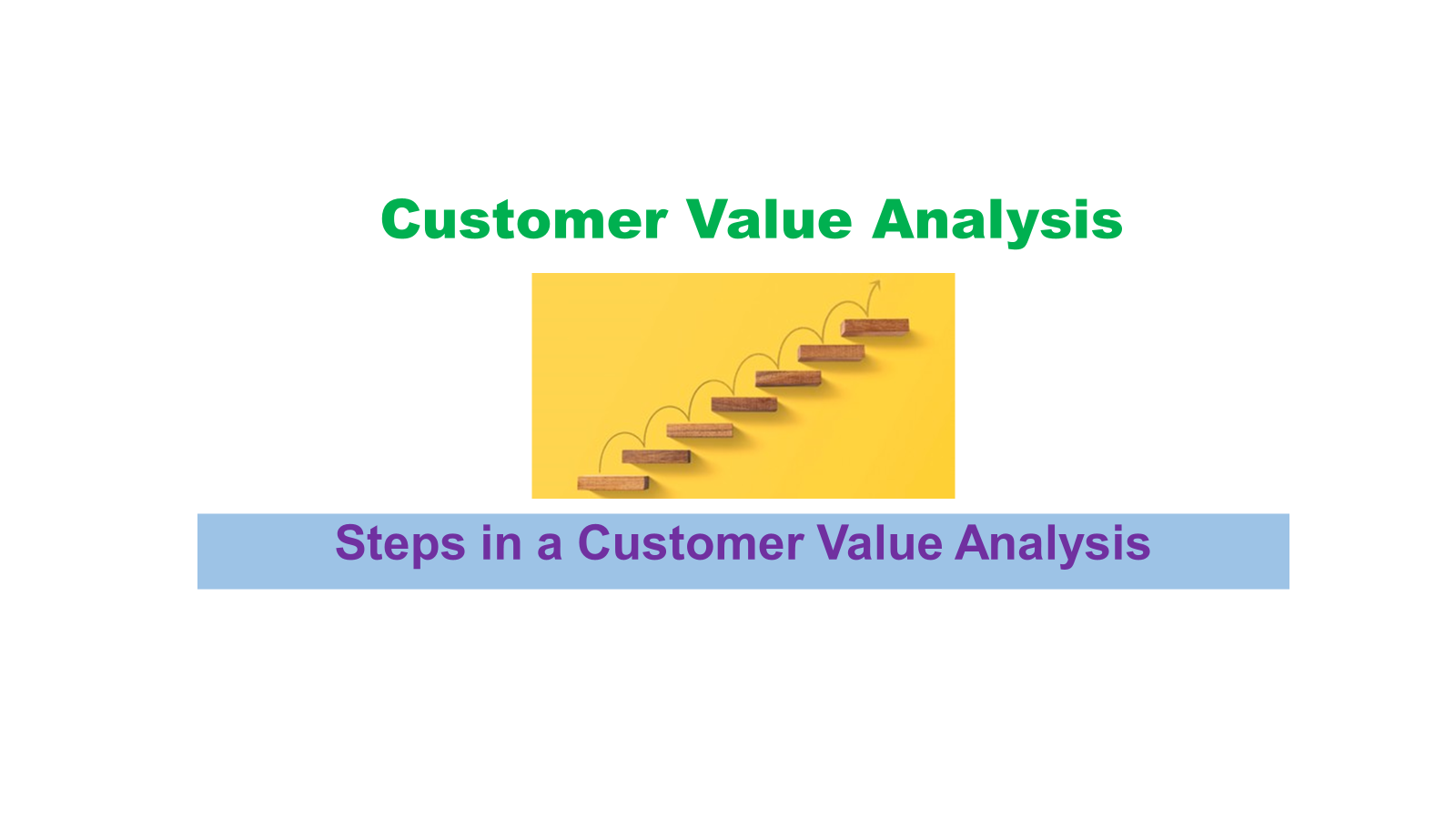How to Conduct Customer Value Analysis? Steps in a Customer Value Analysis?
Customer value analysis is a process of identifying the key attributes and benefits that customers value most in a product or service. It involves gathering data about customer needs and preferences and using that data to improve the value proposition of the product or service.
Here are the steps involved in conducting a customer
value analysis:
- Identify the Target Customers: Determine the customer segment that you want to analyze. This could be based on factors such as demographics, psychographics, or behavior.
- Define Customer Value: Determine what customers value most in your product or service. This could be based on features, benefits, or price.
- Gather Data: Collect data about your target customers' needs and preferences. This could be done through surveys, focus groups, customer interviews, or other research methods.
- Analyze the Data: Analyze the data collected in step 3 to identify the key attributes and benefits that customers value most.
- Evaluate the Competition: Evaluate how your product or service compares to competitors in terms of the attributes and benefits that customers value most.
- Identify Areas for Improvement: Use the data collected in steps 4 and 5 to identify areas where your product or service can be improved to better meet the needs and preferences of your target customers.
- Develop a Strategy: Develop a strategy for improving your product or service based on the areas identified in step 6. This could involve making changes to the product or service, adjusting pricing, or improving marketing messages.
- Implement the Strategy: Implement the strategy developed in step 7 and monitor the results. Collect feedback from customers and make adjustments as needed.
By following these steps, you can conduct a customer value analysis that helps you better understand the needs and preferences of your target customers and improve your product or service to better meet those needs.

Comments
Post a Comment